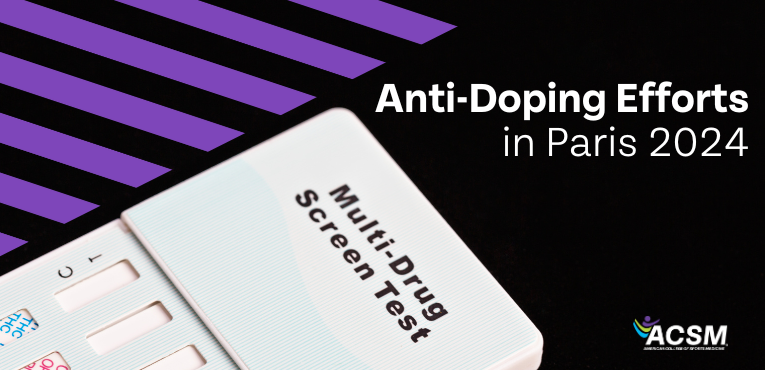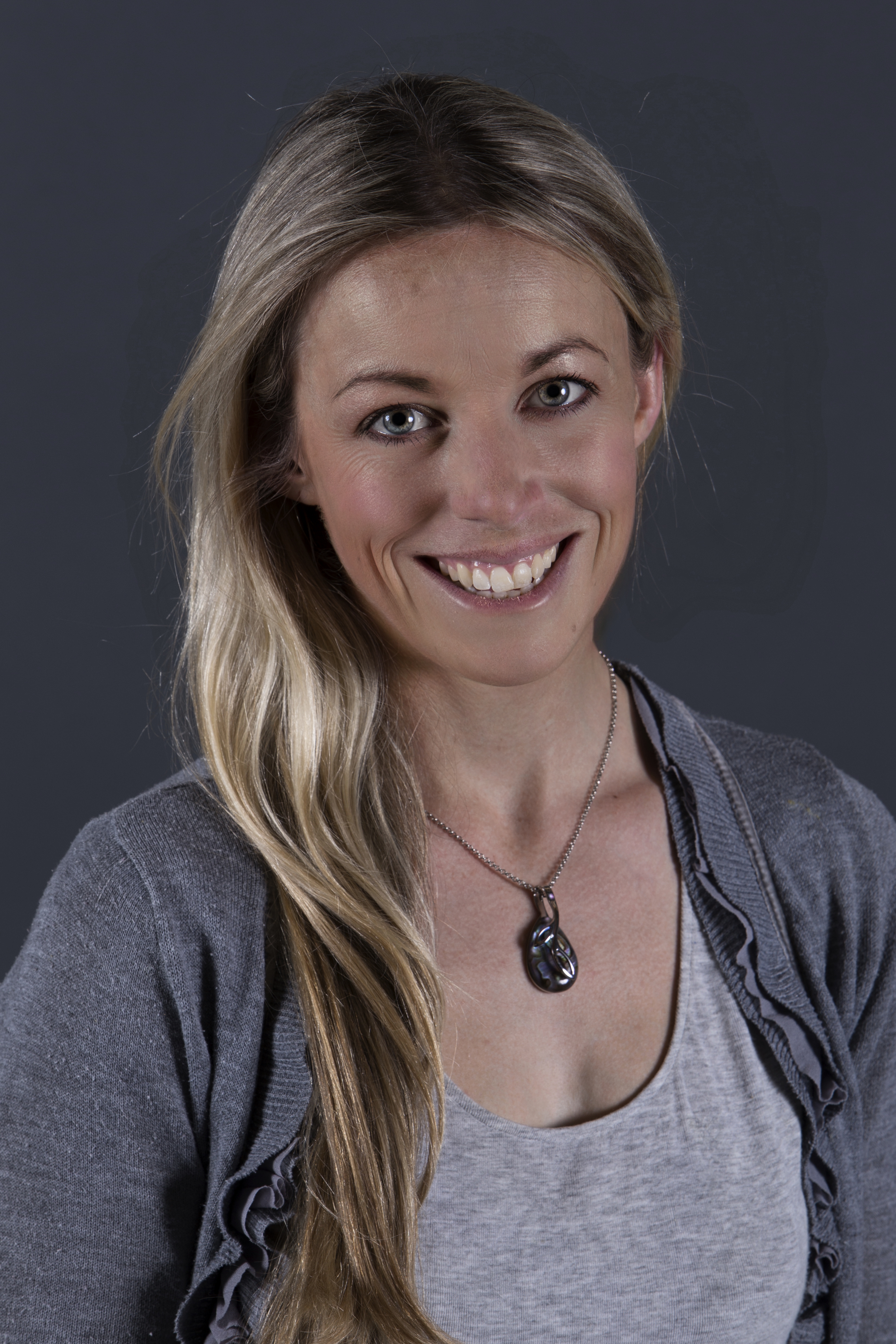Laura Lewis, Ph.D. |
Aug.
5, 2024

After years of waiting, the summer Olympics are finally here. All attention will turn to the amazing feats of athletes from all over the world. Spectators, media and fans will witness the highs and lows as dreams are made (and broken) against the spectacular backdrop of Paris. Many friends and family will debrief after the performances they have witnessed and inevitably the topic of performance enhancing drugs will be raised by someone. It’s usually a topic only talked about if there is a big scandal but anti-doping is a global sporting movement with not only a crucial role at the Games but every day of the Olympic cycle.
Olympic and paralympic hopefuls are bound by the World Anti-doping Code which sets out rules to ensure a level playing field across all sports and countries. A number of important areas of the Code relate to Testing and Whereabouts. Day to day, athletes may be tested by their National Anti-doping organization of their International Sport Federation both in or out of competition tests. Many of us associate drug testing with those that occur immediately after a sporting event, known as in-competition or IC testing. These tests are of course very important to verify a “clean podium” at the time of the event, but the majority of anti-doping tests that are conducted around the world actually occur during an athlete’s everyday life – known as out-of-competition (OOC) testing. Elite athletes who are part of a registered testing pool are required to submit “Whereabouts” information to anti-doping authorities which provides information on where they are staying as well as known locations and times for training, work and study. On top of this, athletes must provide a daily one-hour window where they can be located. Failure to update or be where the athlete says they will be in the one-hour window can have significant consequences for athletes under the Code, but it is obvious that this is a big responsibility and a fair burden on athletes, especially those with busy travel and competition schedules.
Athletes may be required to provide any or all of the following approved sample types – urine, blood or dried blood spots (DBS). Sample must be collected by an accredited Doping Control Officer (DCO) who must follow strict international standards for sample collection and transport, not only to ensure the integrity of the sample but also to protect the Athlete’s rights. Samples must analyzed at a World Anti-doping Agency (WADA) Accredited Laboratory, again following the International Standard for analysis. Anti-doping authorities will determine the sample type and analysis according to the sport and type of athlete being tested. Very simply, specialized testing for anabolic steroids may be more common in sports where muscle size and strength is advantageous, whereas testing for erythropoietic stimulating agents such as EPO may be more common in endurance sports. However, since the substances named on WADA’s Prohibited List of substances apply to all sports (with a few exceptions), any substances can be tested for regardless of the athlete’s sport. In addition to direct testing, longitudinal monitoring of certain biomarkers in blood and urine has also been adopted in anti-doping, resulting in the concept of the Athlete’s Biological Passport (ABP).
Anti-doping testing has been “part of the job” for the most of the athletes here at the Olympics for the past three years, or more for the seasoned campaigners, with out of competition testing a necessary feature as well as IC testing at trials and qualifying events. Here in Paris, this doesn’t stop! Under the jurisdiction of the International Olympic Committee, anti-doping testing continues from the opening of the Olympic Village and at every competition venue. All being well, anti-doping will continue its hard work in the background without scandal and the dinner conversations can be more focused on the athlete’s performances.

Laura Lewis, Ph.D., Born in the UK, Laura moved to Australia in 2005 to begin a graduate training position in the Physiology department at the Australian Institute of Sport. She began a sports-based Ph.D. in 2007, examining in the role of hemoglobin mass on cycling performance, with her research taking her to Europe and the US with the Australian National cycling team. Graduating in 2011, Laura continued to work as an applied sports scientist with Australia’s aspiring Olympians from a range of sports including water polo, soccer and track and field. She maintained her research interests, particularly in Altitude and anti-doping, combining the two in 2014 during a challenging project at the Tour of Qinghai Lake in northern China. Laura worked as a Research Fellow at the Australian Institute of Sport and Australian Catholic University and was awarded a PCC grant in 2015 to study the combined effects of altitude and iron supplementation on the Athlete Biological Passport. In 2020, Laura joined the U.S. Anti-Doping Agency as Director of Science, where she works alongside the testing, education and legal teams, advocating for clean sport and Athlete’s rights to fair competition.